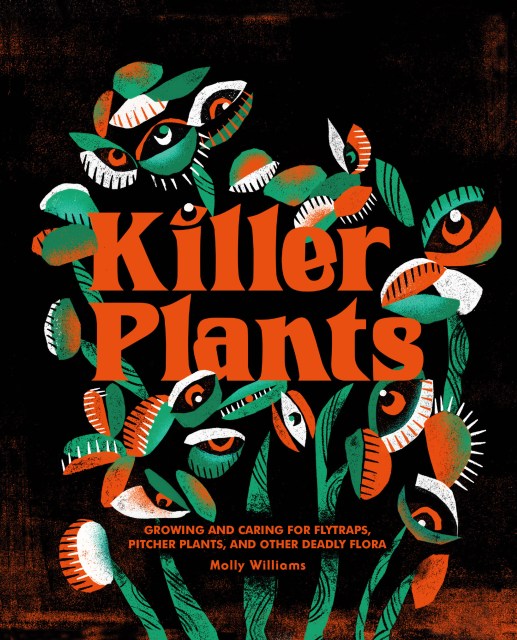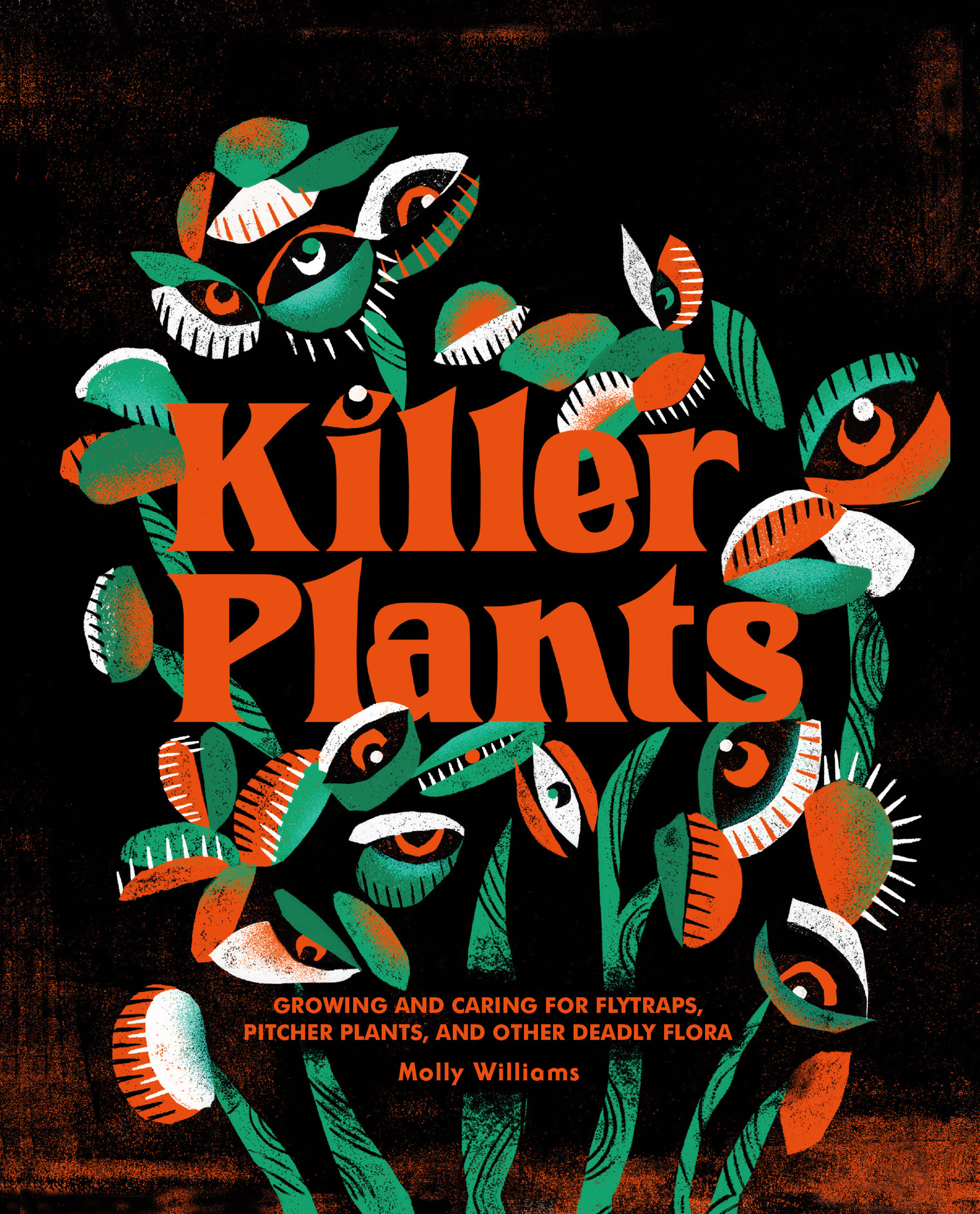By clicking “Accept,” you agree to the use of cookies and similar technologies on your device as set forth in our Cookie Policy and our Privacy Policy. Please note that certain cookies are essential for this website to function properly and do not require user consent to be deployed.
Killer Plants
Growing and Caring for Flytraps, Pitcher Plants, and Other Deadly Flora
Contributors
Formats and Prices
Price
$11.99Price
$15.99 CADFormat
Format:
- ebook $11.99 $15.99 CAD
- Hardcover $20.00 $26.00 CAD
This item is a preorder. Your payment method will be charged immediately, and the product is expected to ship on or around September 29, 2020. This date is subject to change due to shipping delays beyond our control.
Also available from:
Carnivorous plants: they’re weird, they’re gorgeous, and they’re the perfect addition to your urban jungle of pothos, snake plants, and succulents. However, they can also be intimidating to grow and care for. Let Killer Plants be your guide as it walks you through the different types of carnivorous plants and how to keep each variety alive and well.
The book answers the many questions you may have surrounding these freaks of nature, such as:
- Where the heck do I buy a pitcher plant? Can I grow it from a seed?
- Do I need to feed my carnivorous plant flies, or can it survive on water and light alone?
- What carnivorous plants are safe to have around pets and kids?
- I have a gnat problem — what predatory plant can help?
- On Sale
- Sep 29, 2020
- Page Count
- 160 pages
- Publisher
- Running Press
- ISBN-13
- 9780762499250
Newsletter Signup
By clicking ‘Sign Up,’ I acknowledge that I have read and agree to Hachette Book Group’s Privacy Policy and Terms of Use





